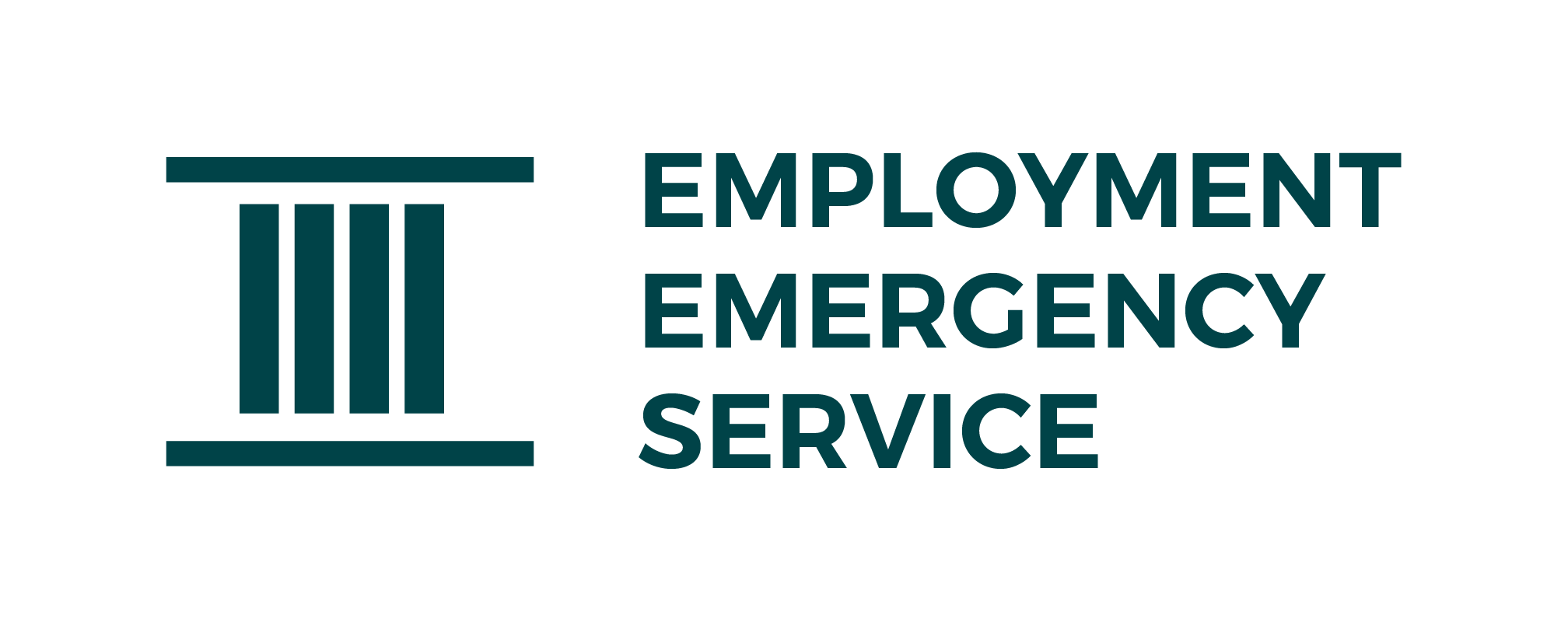What is Bullying?
ACAS defines bullying as “offensive, intimidating, malicious or insulting behaviour, an abuse or misuse of power through means intended to undermine, humiliate, denigrate or injure the recipient. Bullying or harassment may be by an individual against an individual (perhaps by someone in a position of authority such as a manager or supervisor) or involve groups of people. It may be obvious or it may be insidious. Whatever form it takes, it is unwarranted and unwelcome to the individual.”
What is Harassment?
Harassment is unlawful under sections 26 and 40 of the Equality Act 2010 (Eqa 2010). It is a prohibited act of discrimination and is defined as unwanted conduct that has the purpose or effect of violating the dignity of people in the workplace or of creating an intimidating, hostile, degrading, humiliating or offensive environment. An employer must not harass employees and job applicants, or allow third parties to harass employees and job applicants. An employer must also “take such steps as would have been reasonably practicable to prevent the third party from doing so”. If the harassment is related to a protected characteristic then it will be discrimination under the Equality Act 2010. Even if the harassment does not relate to a protected characteristic, proceedings can be brought under the Protection from Harassment Act 1997.
See Sexual Harassment , How to prepare a Scott Schedule for a sexual harassment claim , EHRC Guidance on Sexual Harassment and Harassment at Work
Complaining about Bullying and Harassment
You must keep a detailed diary of the bullying and harassment that you are experiencing. Use the format in the Scott Schedule template for harassment at work. Get a copy of your employer’s policy on bullying and harassment. It could be called “Dignity at work”, or “Bullying and Harassment”. Raise a Grievance about the bullying.
The Protection from Harassment Act 1997
Bullying and harassment are significant causes of stress at work. Under the Protection from Harassment Act 1997(PHA 1997) it is unlawful to “pursue a course of conduct” that the perpetrator knows, or ought to know would amount to harassment. Harassment is not formally defined in the PHA 1997 but does include oppressive and unreasonable behaviour, calculated to cause alarm or distress. This Act was originally intended as an anti-stalking measure. S1 of the PHA 1997 creates two classes of criminal offence. The lesser offence is liable to summary conviction, whilst the offence of harassment can also constitute an offence under the Police and Criminal Evidence Act 1984 s.24(2). S3 provides that any offence under S1 may be the subject of a civil claim by the affected person. You can bring a claim under this Act up to 6 years after the bullying rather than the 3 months allowed for unfair/constructive dismissal and under anti-discrimination law.
Implied Contract Terms
Your employment contract contains a common law duty of care, which includes a duty to prevent ill treatment and bullying, as a separate right to the statutory rules. An example is the case of Dickens v O2 PLC [2008] workplace stress triggered Ms Dickens disability and O2 was held to be liable. The Court of Appeal said that in cases of severe stress it is not enough for an employer to provide access to a confidential counselling helpline or to refer an employee to an occupational health professional. Ms Dickins, was employed as a secretary for O2. She had a good work record and had progressed to the position of regulatory finance manager. Ms Dickins told O2 on a number of occasions that she needed help with her work but they ignored her. At the end of their February 2002 audit, she was exhausted. In March, she asked for a less stressful job and was told to hold on for 3 months. During a meeting she asked to go on sabbatical leave and told her manager that she couldn’t take any more. Nothing was done. On 30 May, she repeated her request for a sabbatical and told her manager again, that she couldn’t take any more. At this point she was referred to occupational health. She became very ill soon after this, and was signed off work for anxiety and depression. She eventually left work permanently in November 2003.
Ms Dickins sued O2 successfully in the County Court for psychiatric injury negligently caused by excessive stress and was awarded damages in excess of £100,000. O2 appealed to the Court of Appeal arguing that the County Court Judge had misinterpreted the law. O2 said they were not liable because it was not reasonably foreseeable that Ms Dickens would suffer injury to her health from stress at work. They also said that they could not be liable because they had offered Ms Dickens access to a confidential counselling advice service. The Court of appeal disagreed with O2. The Court said that there was a “reasonably foreseeable risk of harm” to Ms Dickens. Ms Dickens had expressed and exhibited “signs of impending harm to health”. The signs were plain enough for O2 to have realised that Ms Dickens would “go over the edge” due to stress, and suffer an “injury to health” unless O2 took appropriate action to alleviate the stress. The Court also said that providing access to a counselling service is only an advantage where employees are unwilling to admit to their own line manager that they are unable to cope. In a case such as this, where the employee admits the problem and describes the severe symptoms she is having, providing access to counselling is not enough. O2 should have intervened and sent her home on full pay pending investigation by occupational health.
Last Updated: [13/10/2021]




